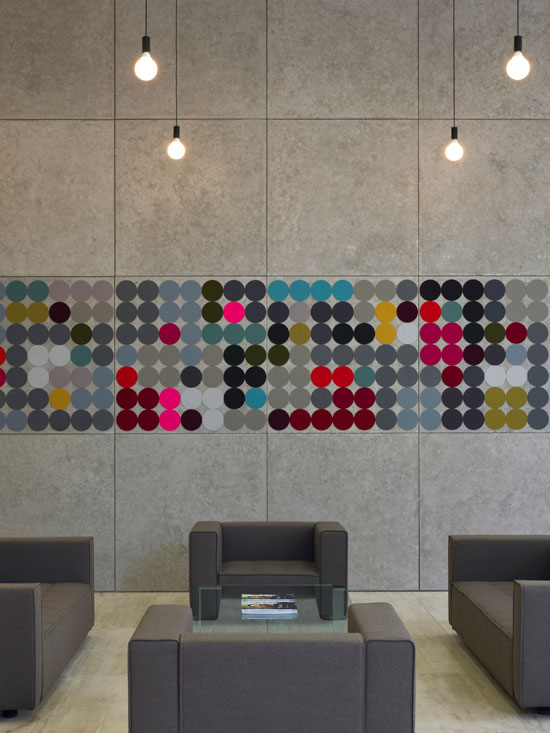Pre-Finished Modular Plaster Panels
Learning Objectives:
- Identify and recognize the benefits of modular panel systems for decorative interior finish solutions in all types of buildings.
- Investigate the design potential to create unique decorative solutions entirely customized to meet specific project requirements.
- Assess the functional contributions of modular plaster panels as they contribute to green and sustainable design.
- Specify modular plaster panels in a variety of buildings and formulate appropriate selections related to specific applications.
Credits:
Plaster has been a traditional interior finish material for centuries. It can be used to create surfaces that are smooth or textured, bold or subtle, white or colored, all while offering excellent performance characteristics over the life of a building. However, it often requires skilled labor in a trade that is increasingly hard to find in the United States. In response, pre-manufactured, modular panels are now available that can readily meet the design quality requirements of architects, interior designers and building owners. It is based on using skilled designers and artisan plasterers who work in a central, controlled location to create custom wall panel systems, artwork pieces or 3D display items and ship them directly to the building site. To complete the process, installation can be expedited by using a coordinated, integrated hanging system that allows a joiner or millworker to install the finished product in a matter of a few hours. Altogether, this type of complete modular system offers a total design solution that is fully customizable to suit any building design project.
Plaster Products Overview
Plaster is known historically for covering ancient Egyptian, Greek and Roman structures with simple (whitewash) or decorative finish coverings. From early times through the Renaissance, plaster was used for frescoes, where pigments, diluted in water, were applied to the still wet plaster forming a durable and permanent image. In this process, the pigments sink into the wet layer so that the plaster itself becomes the medium holding them, accounting for the excellent durability of fresco. In the United States, plaster over wood or metal lath was the predominant interior finish method for interior walls and ceilings until the late 1950s when gypsum board products (drywall) began to replace it. Today, plaster is still used as an integral part of some of the world’s most prestigious architectural interiors including luxury hotels and resorts, boutique retail and luxury goods brands, large-scale commercial and high-end residential buildings.

Photo courtesy of ArmourFX, a division of Armourcoat Surface Finishes, Inc.
Modular plaster panels create a finished interior wall that takes advantage of the timeless properties of plaster and the benefits of a contemporary, complete, construction system.









